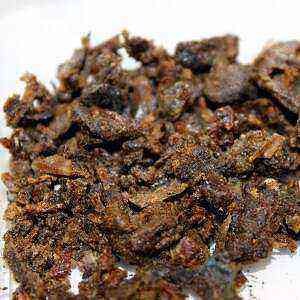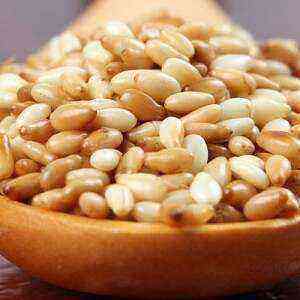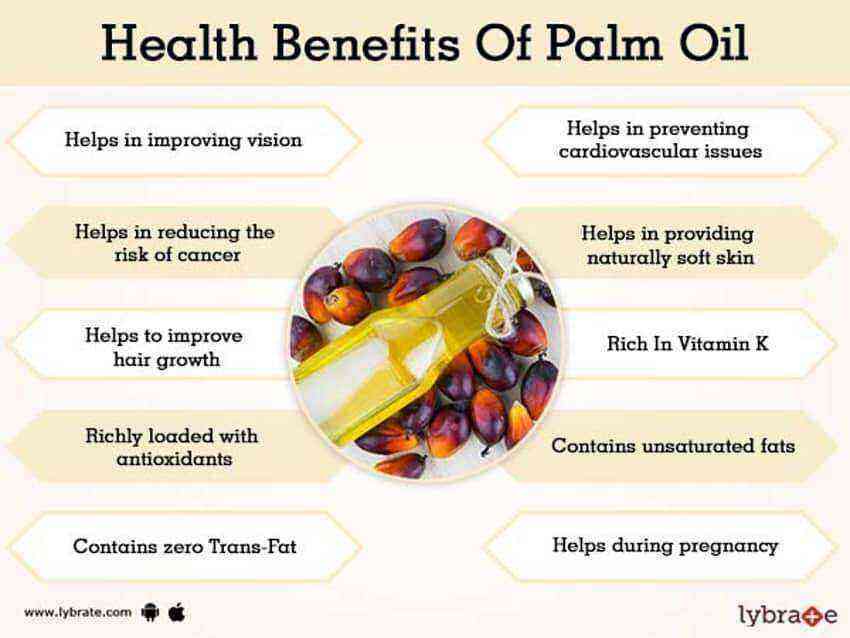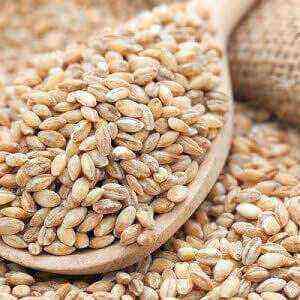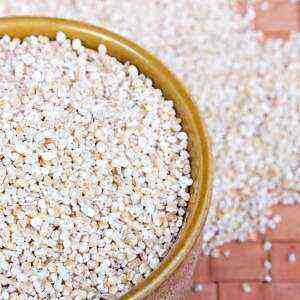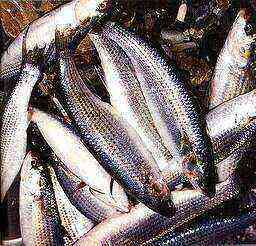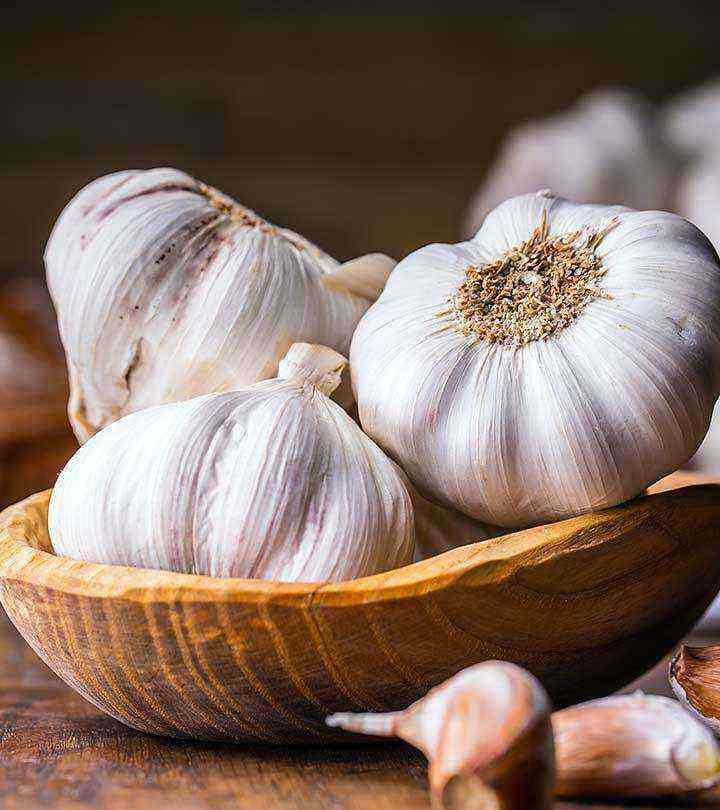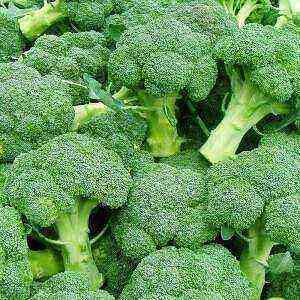
Among tropical crops, avocado production ranks fourth in the world. The main exporters in the market are Brazil, Africa, Israel, Mexico, USA, Chile. From one hectare of avocado fields, it is possible to collect 15,8 tons of fruits (of which 2,24 tons are the most valuable oil and 11,2 tons of pulp).
Consider the benefits and harms of an alligator pear, how to choose the right fruit, what to do to make it ripe faster, and how to eat it correctly.
What is Avocado
These are the fruits of an evergreen plant that are saturated with minerals and vitamins. The avocado tree reaches 20 m in height. Depending on the variety, the fruits are spherical, oval or pear-shaped, up to 20 cm in length. Average weight of one avocado – 300 g ..
An alligator pear is often mistaken for a vegetable due to its unsweetened taste, but it is a fruit. farmer-online.com… The unripe fruit has a dark green tough skin that turns black after ripening. In the middle of the avocado is a large ivory seed. It contains harmful substances that cause an allergic reaction, disruption of the digestive system. The pulp of a ripe fruit is oily, yellow-green or green in color. In consistency, it vaguely resembles butter. Perseus American leaves are saturated with essential oils and contain toxic substances.
With what to eat
Ripe fruits are used in cooking for the preparation of cold snacks, salads, sandwiches, soups, rolls. At the same time, in Vietnam, Indonesia and Brazil, sweet milkshakes are made from avocados, and in Sri Lanka – a delicate dessert made from sugar, milk and oily fruit puree.
The fruit is popular in vegetarian dishes, as it acts as a full-fledged substitute for meat and eggs, giving food a nutty flavor.

In addition, the delicate taste of avocado is harmoniously combined with seafood, vegetables, meat, fish.
Methods of processing alligator pears are different: you can eat it raw, fry, boil, simmer or bake. It all depends entirely on your taste.
Remember, fresh avocado contains the most nutrients, particularly beneficial unsaturated fatty acids.
How to clean properly
Avocados are cut lengthwise around the bone, the skin is not peeled. After dividing the fetus into two hemispheres, take out the seed by hooking it with the tip of a tsp. The part of the fruit, planned for use, is cleared from the skin.
Historical background
The history of the appearance of the fetus began 10 thousand years ago. It is assumed that the origin of the culture is associated with an agricultural tribe of Central America, which crossed several types of grasses. The modern name “avocado” comes from the name of the ancient Aztec plant – “ahuacatl”. Interestingly, the tender fruits are the favorite food of many terrestrial animals living in the tropics. They spend a long time looking for fallen juicy avocados on the ground. Hence another name for the culture – “alligator pear”.
The first acquaintance of Europeans with an exotic fruit occurred in the XNUMXth century. And in the XNUMXth century, the avocado was brought to Southeast Asia and the west coast of Africa by Spanish and Portuguese sailors. Until the beginning of the XNUMXth century, the fruits of the evergreen tree belonged to typical local crops. Only at the end of the XNUMXth – beginning of the XNUMXst century did they acquire a commercial character.
Where does the alligator pear grow?
Today there are about 600 varieties of avocados that grow in different parts of the world with tropical and subtropical climates (East Asia, America, Africa, Oceania). The most common types are Fuerte and Hass. They have a deep buttery aroma and excellent taste. In new varieties, the weight of the fruit is 200-400 g, and the pulp accounts for up to 93% of the total weight of the fruit.
Chemical composition
Avocado is the most nutritious of all plant foods, with the exception of coconut. Calorie content per 100 g – about 160 kcal farmer-online.com… Energy ratio B: W: U is 5%: 90%: 5% farmer-online.com.
This product is unique in composition: it contains unsaturated fatty acids, many vitamins, minerals, fiber, antioxidants (lutein), beta-sitosterol, which are beneficial for the human body.
Nutritional value of avocado pulp per 100 g farmer-online.com:
Table number 1 “The chemical composition of avocado”
Name
Nutrient content, mg per 100 g avocado farmer-online.com
Vitamins
Retinol (A) 0,007 Thiamine (B1) 0,067 Riboflavin (B2) 0,13 Niacin (B3) 0,6 Pantothenic acid (B5) 1,4 Pyridoxine (B6) 0,26 Folic acid (B9) 0,081 Ascorbic acid (C) 10 Phylloquinone (K) 0,021
Macronutrients
Калий
485
Фосфор
52
Кальций
12
Сера
20
Хлор
11
Магний
29
Натрий
7
Trace Elements
Железо
0,55
Алюминий
0,8
Цинк
0,64
Медь
0,19
Марганец
0,142
Бор
0,1
Фтор
0,007
Молибден
0,01
Йод
0,002
Кобальт
0,001
Influence on the body
Indications for eating avocados include the following ..:
- hypertension;
- diabetes;
- gastritis with low / high acidity;
- catarrh of the stomach;
- dyspepsia;
- constipation;
- avitaminosis;
- cataract.
Despite the high caloric content, the oily fetus is recommended to include in the diet of patients who have suffered infectious diseases, to strengthen the immune system.
Useful Properties farmer-online.com...:
- cleans the digestive system of toxins, toxins, lowers cholesterol;
- burns fats, speeds up metabolism and promotes weight loss;
- increases the body’s resistance to ARVI pathogens;
- normalizes blood pressure, prevents the development of atherosclerosis, thrombosis, arthrosis, anemia;
- maintains eye health, visual acuity;
- fights free radicals that destroy cell membranes and cause inflammatory reactions, cancer;
- prolongs the youth of the body both outside (smoothes wrinkles) and inside (supports internal organs);
- has a positive effect on the nervous system: improves the generation and transmission of impulses, reduces irritability and fatigue;
- has a stimulating effect, enhances sexuality;
- increases physical endurance, has a tonic effect, strengthens the immune system, increases stress resistance.
Due to the fact that avocado destroys malignant cells, it is of particular value for women during menopause, as it can prevent breast cancer 1… The oily fruit is also irreplaceable for men over 40, when testosterone production decreases and the risk of prostate cancer increases. Alligator pear resists these changes, prevents the development of oncological diseases of the genital organs.
In addition to the pulp of the fruit, the seeds and leaves of the fruit tree exhibit beneficial properties. They are used to treat intestinal diseases: enterocolitis, chronic colitis, dysentery ...
How much avocado to eat per day

Противопоказания ....:
- idiosyncrasy;
- disorders of the pancreas, liver;
- allergy to latex or citrus;
- addiction to obesity.
Remember: the avocado seed cannot be crushed and added to dishes, as it contains toxic substances that poison the body and cause asphyxiation.
Avocado for beauty
Persea americana fruits have a rejuvenating effect on the human body. This property is due to the presence of the antioxidant glutathione in avocados, which prevents the aging process. Because of this, manufacturers of cosmetic products everywhere include fruit extract in skin creams, bath oils, lipsticks, hair conditioners. It penetrates deeply into the dermis, providing a pronounced soothing, softening and nourishing effect.
Why avocados are useful in cosmetology
The benefits of the oil of this fruit in cosmetology are as follows ...:
- protects the skin from UV radiation and chapping;
- promotes the production of elastin and collagen, fights wrinkles;
- protects the skin from drying out;
- stimulates blood circulation, oxygen exchange in the skin;
- prevents the appearance of age spots during menopause, as well as during pregnancy;
- eliminates split ends of hair, nourishes and moisturizes the scalp, stimulates the growth of strands, gives a healthy look, shine and strength to the hair;
- eliminates acne, flaking;
- strengthens the nail plate, prevents the development of inflammatory processes in the area of the nail roll, moisturizes and softens the cuticle, which facilitates manicure and pedicure.

- Rejuvenating mask for aging skin. Suitable for women over 40. To prepare a vitamin mask, preheat 50 ml of olive oil to 5 degrees, add 5 mg of dry yeast, half a pounded avocado. Mix the resulting mixture thoroughly and leave for 10 minutes. Apply to cleansed face and neck, bypassing around the lips and eyes. Leave the product on for 20 minutes, rinse with cool water.
- Mask for combination skin. Tightens pores, mattifies oily dermis. Method of preparation: peel half of an avocado, chop in a blender or with a fork. Add 5 ml lemon juice and one egg white to the buttery puree. Spread the resulting mixture evenly over the face, leave for 15 minutes, rinse with warm water, apply a moisturizer. Remember: if you overexpose the mask, it will dry out the skin.
- Means for strengthening nails, removing burrs. Mix 5 drops of avocado oil with 5 ml of lemon juice. Regularly wipe the area around the nails, nail plates, cuticles with this mixture. After applying the product, hands should not be washed for an hour.
- Mask for smoothing hair texture, reducing fragility, acquiring a natural shine. Use a fork to crush the flesh of a whole avocado and rub through a sieve. Add 2 ml of olive oil and one egg yolk to the resulting puree, stir thoroughly. Spread the finished mask over the entire length of the hair, leave for half an hour. After a while, rinse your hair using shampoo and conditioner.
Thus, avocado oil is a valuable source of nutritional vitamins, macro- and microelements, which is highly valued in the cosmetic industry for its regenerative and moisturizing properties.
The choice of ripe avocado and the peculiarities of its storage
When buying, it is important to pay attention to the following points:
- The rind of the fetus should be clean, without stains, cracks, dents, damage.
- The color of the ripe fruit is solid, close to black.
- When pressed, the fruit should slightly mince.
Green avocado tastes like an unripe pear or pumpkin, has a hard skin and firm flesh. Ripe fruit has a delicate nutty aftertaste, reminiscent of butter and greens puree.
How to ripen a green avocado at home
To improve the taste and soften the texture, it is recommended to store the fruit at room temperature – this way it will ripen in 2-3 days.
Why is the avocado dark inside
The oily fruit changes its color when storage conditions are violated.
Remember: you cannot keep a ripe avocado in the refrigerator, because it will not ripen there, but will deteriorate. As a result, the fruit will lose its freshness, aroma and begin to darken. It is recommended to initially buy ripe fruits and not store them, but eat them within XNUMX hours after purchase.
Conclusion
Avocado is an exotic fruit that contains the entire set of B vitamins, nutrients A, D, E, C, PP, minerals such as phosphorus, sodium, magnesium, potassium, manganese, calcium, iron. Despite its high energy value, the fruit is considered a dietary product and is indicated for daily consumption by all healthy people.
Useful properties of avocado due to the high content of the following nutrients:
- antioxidant glutathione, which prolongs the youth of the body;
- lutein, which protects the organs of vision from cataracts, macular degeneration of the retina;
- beta-sitosterol, which lowers cholesterol;
- folic acid, which strengthens the heart.
Sources of



